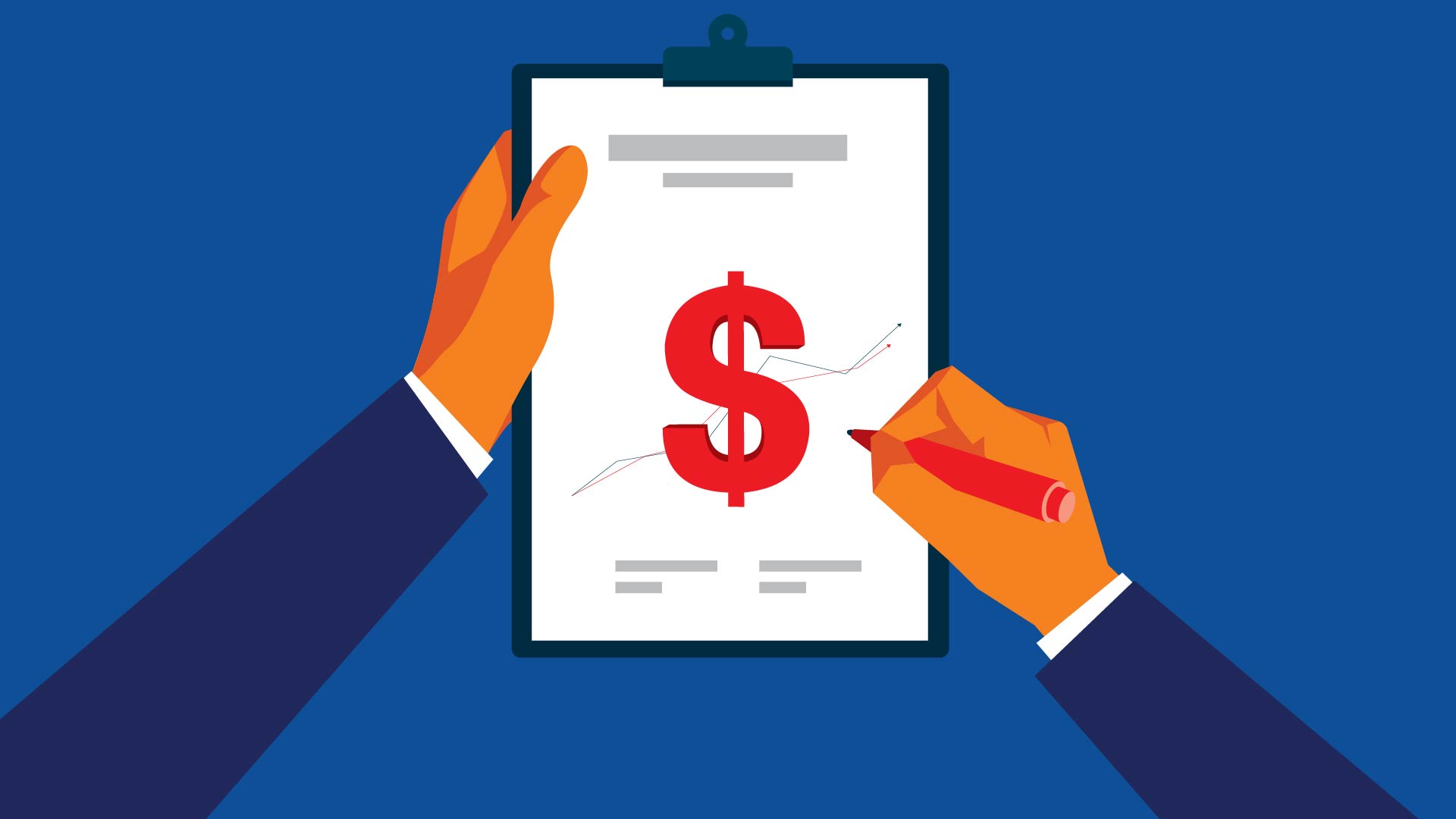
IMF Support for Low-Income Countries
How does the IMF support low-income countries?
The IMF assists low-income countries (LICs) with financial and other support. The IMF’s surveillance program provides continuous monitoring of member countries’ economic and financial policies. Discussions with country authorities focus on the impact of their economic policies on stability and growth and the desirable policy measures. Capacity building typically focuses on how LICs can boost domestic revenues, manage public finances and monetary policy, regulate their financial system, and develop statistical systems. Capacity building helps IMF member countries to design and implement sound policies and to advance toward sustainable growth and development.
Which IMF instruments can be used to provide support to LICs?
All IMF members have access to the General Resources Account on non-concessional loans. The IMF also provides concessional financial support to its low-income members through the Poverty Reduction and Growth Trust (PRGT), which has three lending facilities:

Extended Credit Facility (ECF):
Sustained medium- to long-term engagement in case of protracted balance of payments problems.

Financing for low-income countries with actual or potential short-term balance of payments and adjustment needs caused by domestic or external shocks, or policy slippages. It can also be used on a precautionary basis during times of increased risk and uncertainty.

One-off disbursement for low-income countries facing urgent balance of payments needs. Repeated disbursements over a limited period are possible in case of recurring or ongoing balance of payments needs.
For policy advice and signaling, all member countries may request non-financial assistance under the Policy Coordination Instrument (PCI), which helps LICs that do not need IMF financial assistance. The PCI can expedite access to the SCF if needed.
Poverty reduction strategies
Poverty reduction and growth strategies are used in economic programs supported by IMF financing to:
| 1. |
Link proposed program policies with the country’s poverty reduction and growth objectives, |
| 2. |
Preserve national ownership of the poverty reduction strategy process |
| 3. |
Provide flexibility in scope and coverage to reflect particular country circumstances. |
Poverty reduction strategies are required for the completion of reviews associated with IMF financing under the ECF, SCF, PCI with an initial duration of at least two years. IMF work on poverty reduction issues draws heavily on World Bank expertise and advice.


What are the IMF’s terms for loans to low-income countries?
All PRGT lending facilities are concessional. The 2024 Review Of The Poverty Reduction And Growth Trust Facilities And Financing has introduced a tiered PRGT interest rate structure for all PRGT facilities, which applies to programs approved from May 1, 2025. Specifically, about half of low-income countries with the lowest income fall into the group that are charged a zero-interest rate. The remaining higher income PRGT-eligible members fall into two groups: (1) presumed blenders, countries that do not face elevated debt vulnerabilities that limit their access to international financial markets are charged 70 percent of the SDRi; (2) non-presumed blenders, countries that face elevated debt vulnerabilities and that (i) face limited access to international financial markets or (ii) are a small or micro-state are charged 40 percent of the SDRi.
Besides, the three facilities have different maturities and grace periods. Financing under the ECF and SCF carries a grace period of 5½ years and 4 years, respectively, and a final maturity of 10 years and 8 years, respectively. The grace period and final maturity for RCF repayments are the same as for the ECF, 5½ years and 10 years, respectively.
How is the PRGT funded?
Funds for PRGT lending come from bilateral loan agreements at market interest rates. Subsidy resources make up the difference between the market rates received by lenders and the below-market rates paid by LIC borrowers. The PRGT is designed to be financially self-sustaining over the long term, with an annual long-term lending envelope of SDR 2.7 billion (US$3.6 billion), more than twice the envelope available before the COVID-19 pandemic. The near-term lending volume is expected to be somewhat higher but decline from peaks observed in the aftermath of the COVID-19 pandemic, as countries recover and rebuild buffers.


How does the IMF help LICs hit by large natural disasters?
Under the Catastrophe Containment and Relief Trust, the IMF can join international debt relief efforts for poor countries hit by catastrophic natural disasters. It also can grant debt service relief to low-income countries battling epidemics and other public health disasters. For example, as of December 2021, debt service relief of about $976 million had been approved for 31 member countries to fight the COVID-19 pandemic. In addition, annual and cumulative access limits under the RCF are higher for cases of large natural disasters (with assessed damages of 20 percent of GDP or more) than for other RCF lending.
This page was last updated in February 2023






